Working on the Old Road to Jikkoku Pass
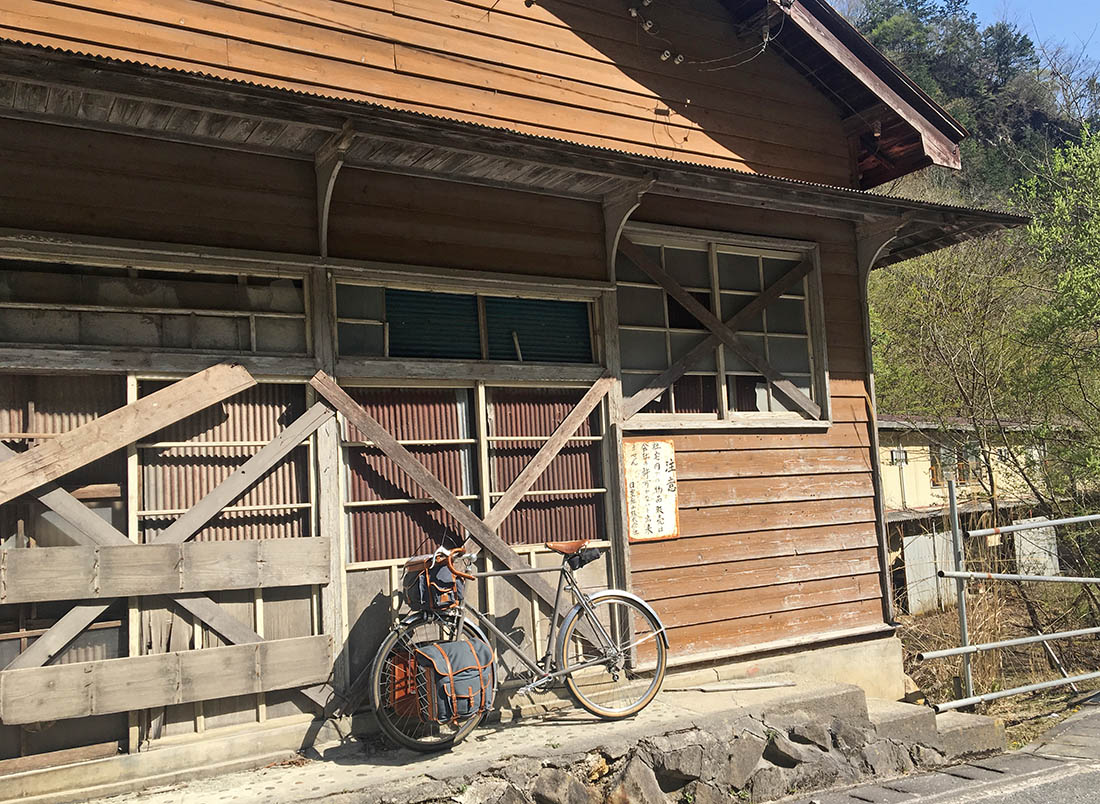
Last weekend, we headed to Jikkoku Pass to work on the old road that has featured in several Bicycle Quarterly adventures. Tokyo’s Yama Sai Ken, or Mountain Cycling Club, has ‘adopted’ the road and goes there twice a year to maintain it.
For us, this was a remarkable trip into the Japan of tales and movies. The melancholy as we passed through vestiges of the past was balanced by the joyful promise of early summer.
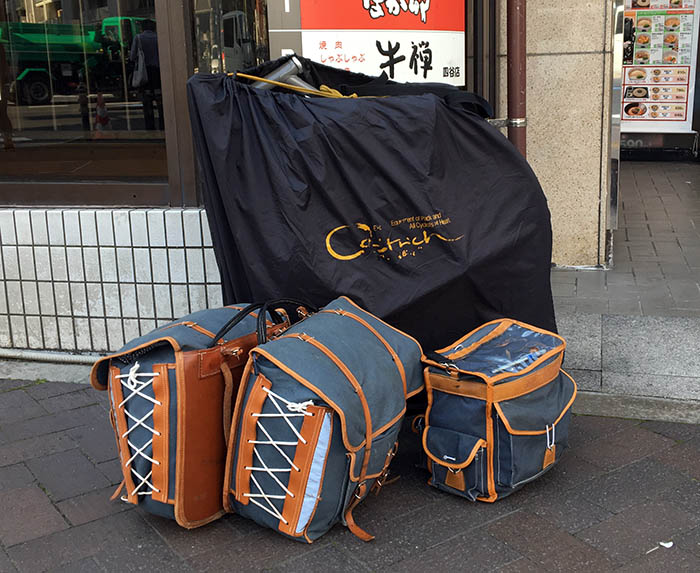
Like most cyclotouring trips here in Japan, it started by subway, with our bikes in their Rinko bags.
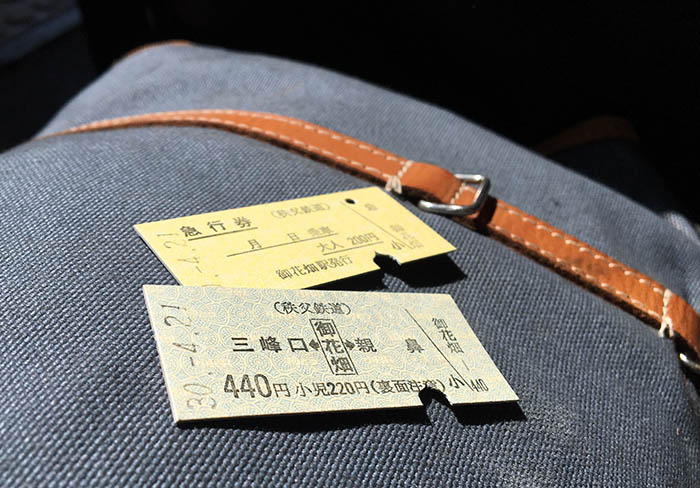
When you buy an old-style cardboard ticket to board a small train, it feels a bit like traveling back in time.
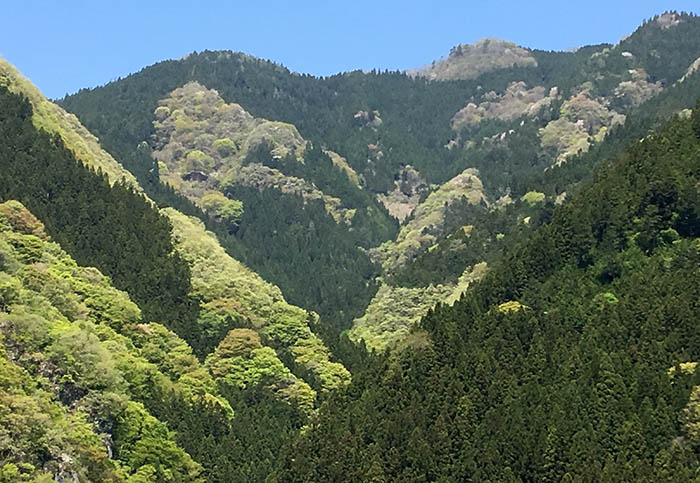
After we un-Rinko’ed our bikes at the final station, the mountains beckoned with fresh green.
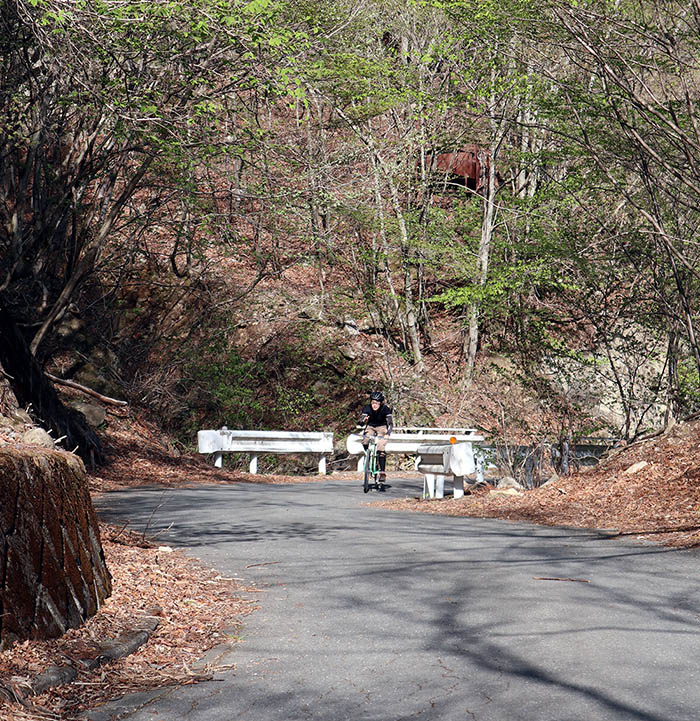
The roads became smaller and smaller, until they were just a single lane. I remarked to Natsuko that anywhere else, this amazing road would be famous, but here in Japan, it’s just another mountain road.
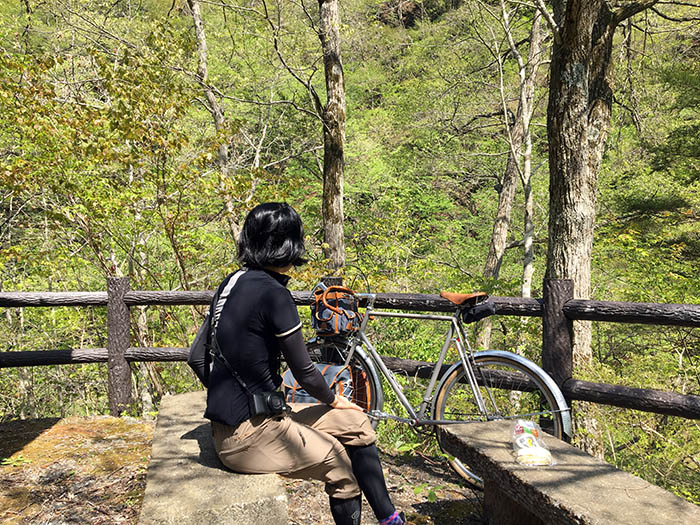
We had brought some food for a picnic lunch…
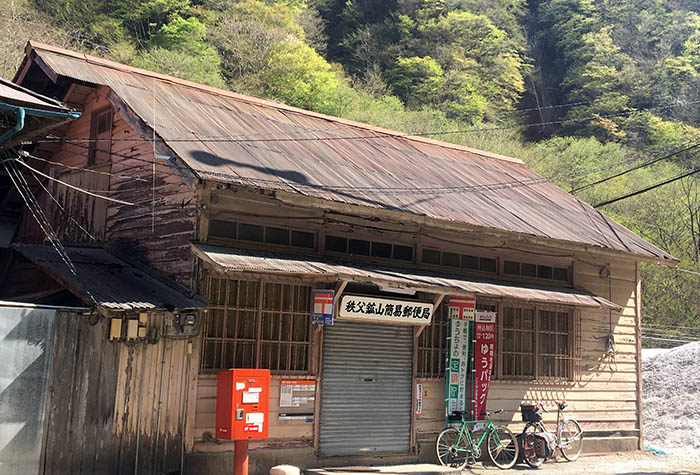
… because there are no stores along the way. The next town was a mining town, but nobody lives there any longer. The old post office is the only building still operating, albeit not on Saturdays.
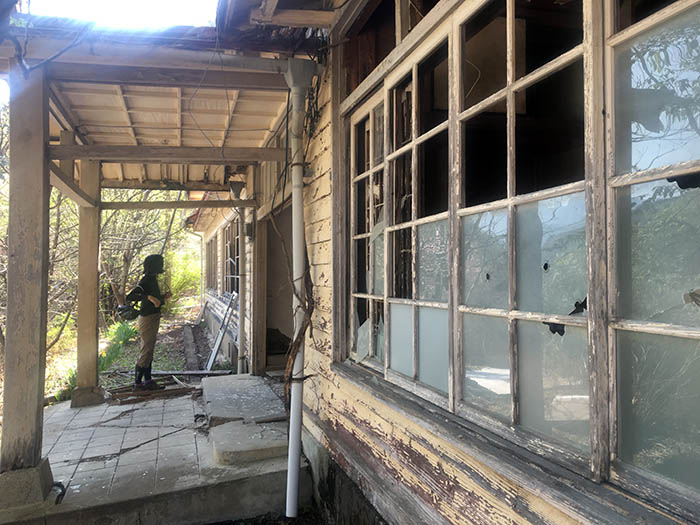
We explored the abandoned buildings.
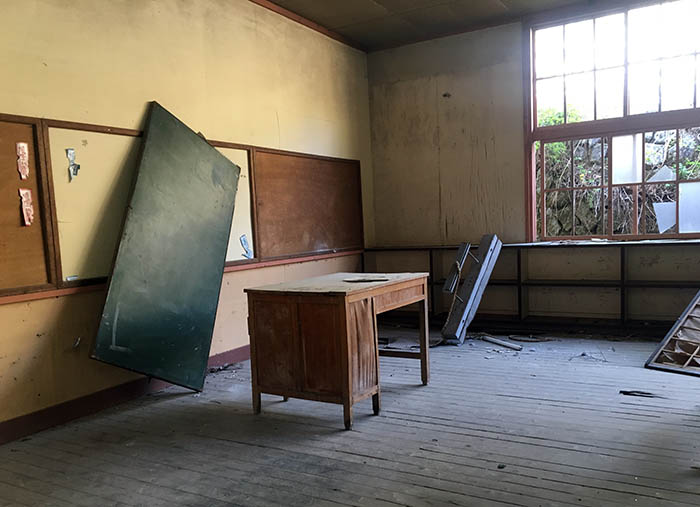
The schoolhouse still had a blackboard and the teacher’s desk.
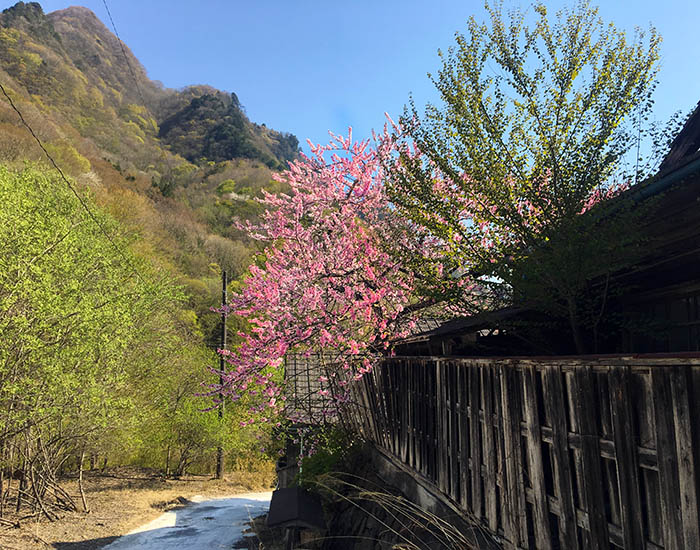
It could have been spooky, but the cherry trees were in full bloom. On a day like this, the world seemed young, and it felt completely normal that people had left after the town had outlived its usefulness.
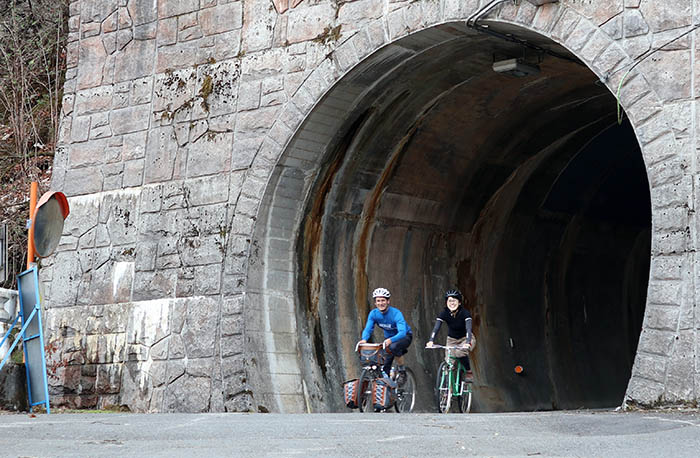
Upvalley from the mining town, the road was closed for cars, but on our bikes, we could continue. After an hour of climbing, we crested the tunnel at the top of the pass.
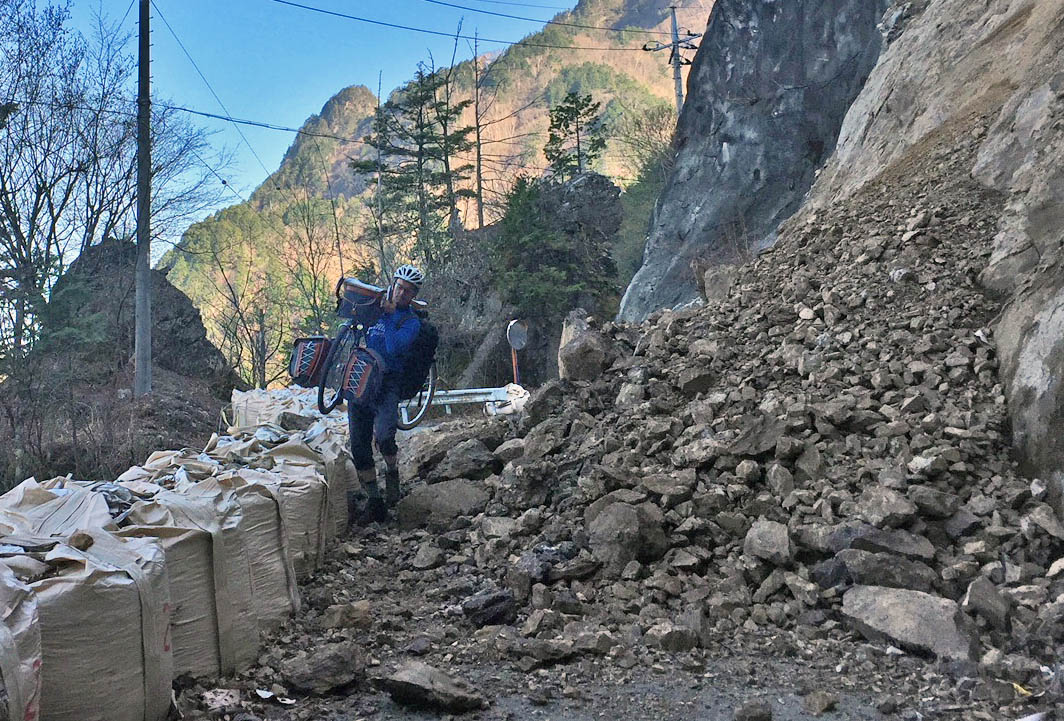
We let our bikes fly down the descent. As we rounded a corner, we found the road blocked by a rockslide. Good thing our brakes worked well! Now we knew why the road was closed for cars. For us, it was only a minor obstacle.
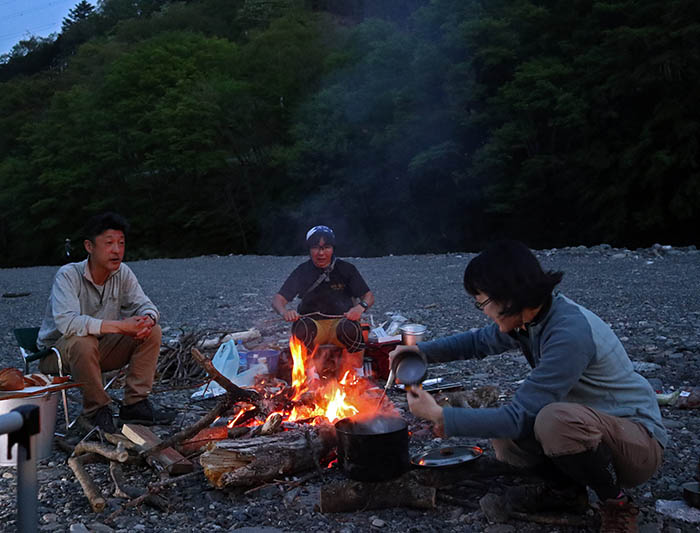
A fast, winding descent brought us to the valley, where we joined the other Yama Sai Ken members on the riverbank. We pitched our tent and joined the campfire.
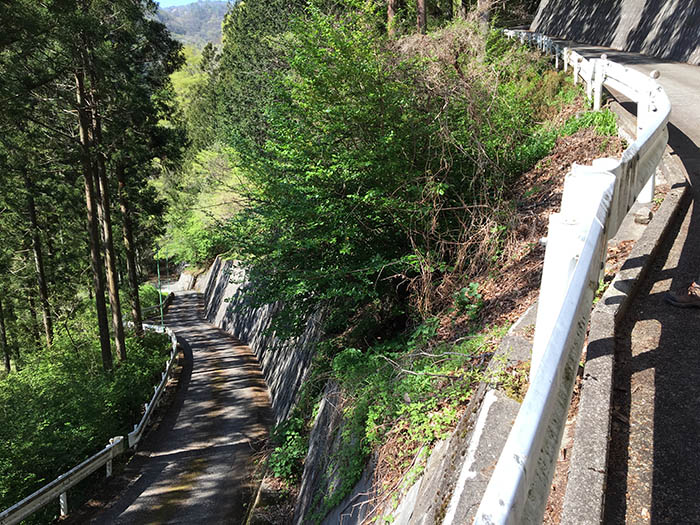
The next morning, we rode up to the village of Ueno-mura. The new road climbs at 14%, but we took the old road that is even steeper, because it’s shorter and nicer.
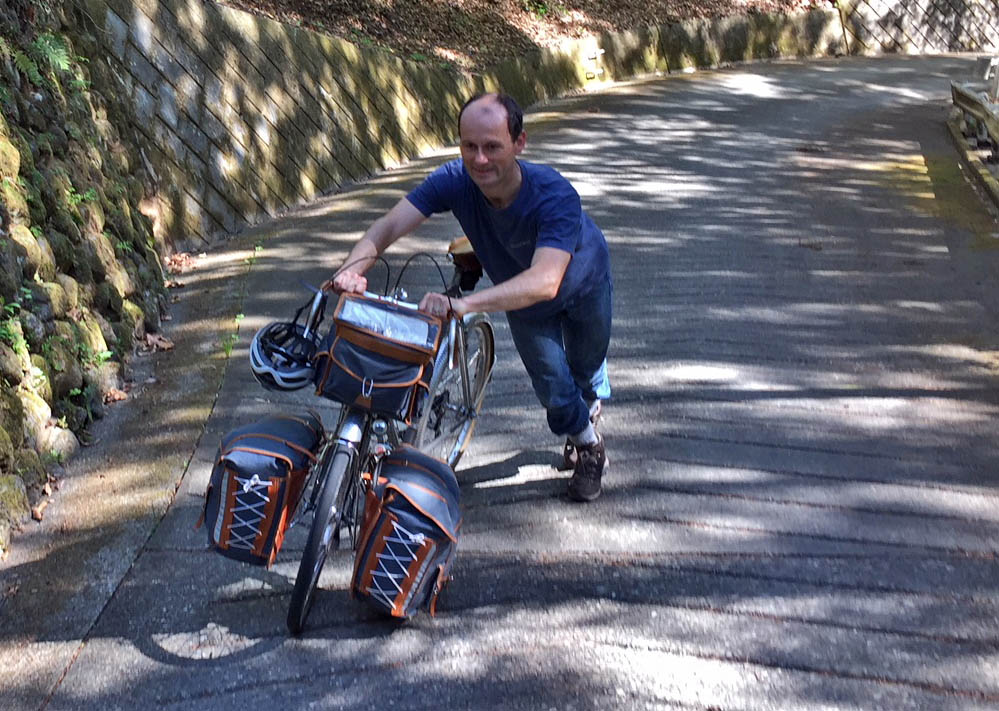
Nobody seems to know how steep the old road is, but it certainly is steep. After a while, we surrendered to the grade. Even when walking, it felt like I was pushing my bike up a vertical wall!
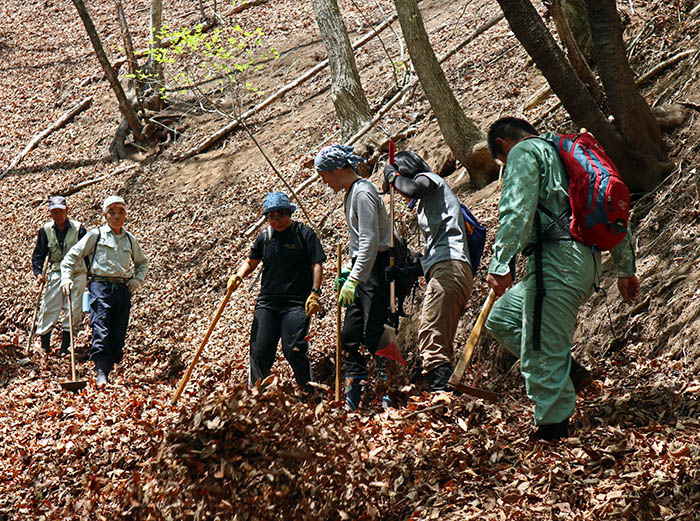
We joined the other members and the villagers on the old road to Jikkoku Pass. If you watched the video of riding across the pass on New Year’s Day, you saw the sea of dry leaves covering the road.
For many years, the Yama Sai Ken members have worked on removing the leaves, clearing small slides, and generally rebuilding the road. The local villagers also worked on the road, and they wondered about the invisible elves who sometimes already had done some of the work. Only three years ago did the cyclists and villagers finally meet on the trail. They decided to join forces and work together from then on.
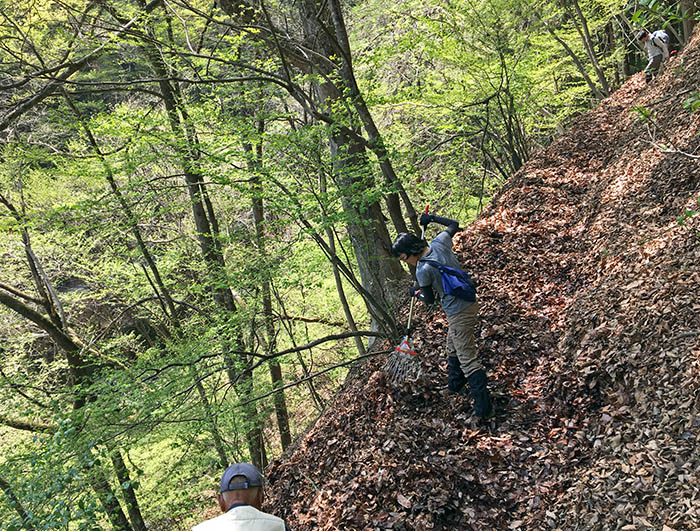
As we used hoes and rakes to clear leaves and debris, I recognized the spot where, three-and-a-half years ago, my front wheel lost its footing, and my ‘Mule’ plunged into the ravine. The bike somersaulted more than 30 m (100 ft) down the steep slope, flying higher and higher each time it bounced off the ground. I thought my brand-new ‘Mule’ would be destroyed, but the bike only suffered a few minor dents – even ultralight steel is incredibly strong! I was unharmed, too. Today, I worked doubly hard to make sure the trail was in good shape here, because it’s not something I want anybody to repeat.
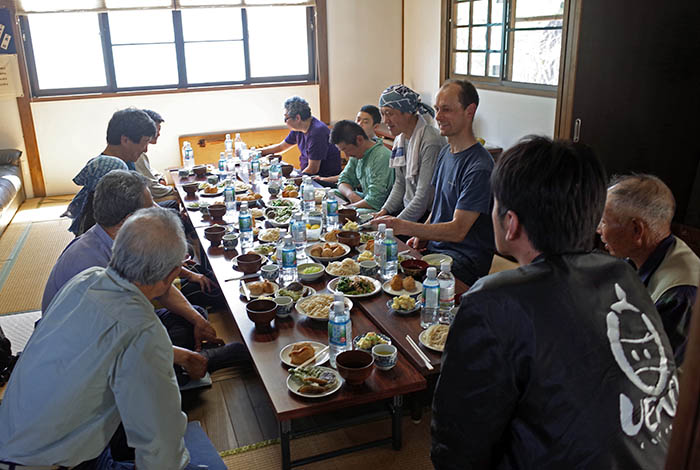
After we finished working on the trail, we joined the villagers for a delicious lunch. They told us how previous generations used the old road to carry rice across the pass.
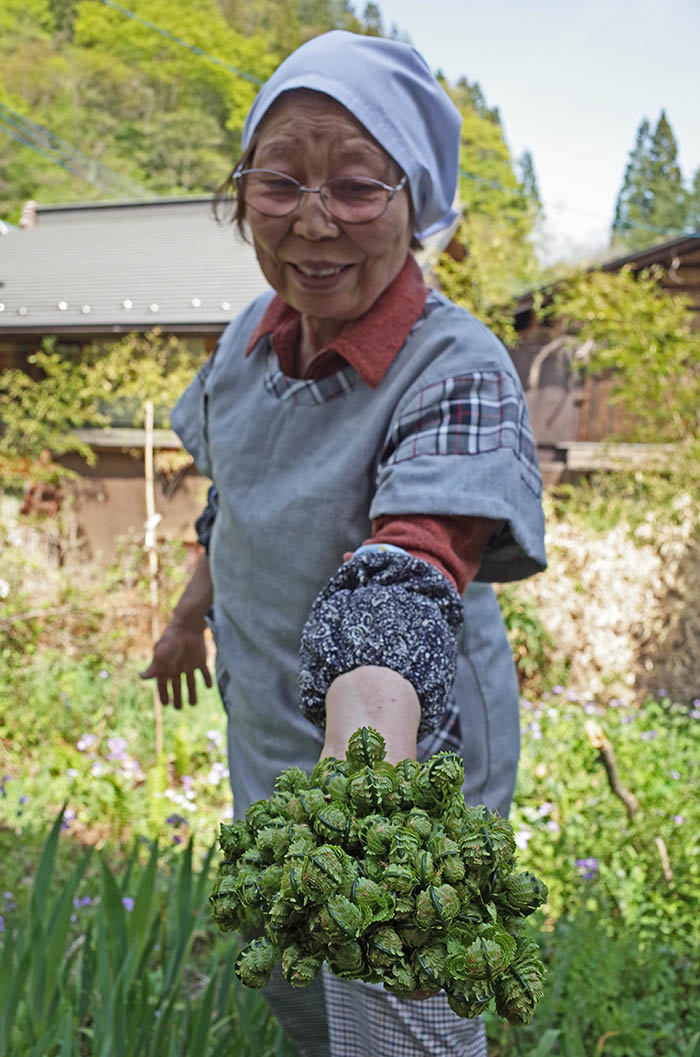
After lunch, one of the ladies took us around the village to show us the flowers and vegetables. She told us another story from the history of the village: When Christianity was outlawed in Japan (the missionaries were feared as the vanguard of colonialism), the villagers took in Christians who did not want to renounce their faith. When Christians died, their gravestones were marked with disguised crosses. We went to the cemetery, where we found the old gravestones. (I didn’t take photos, because in Japan, it’s not proper to photograph graves.)
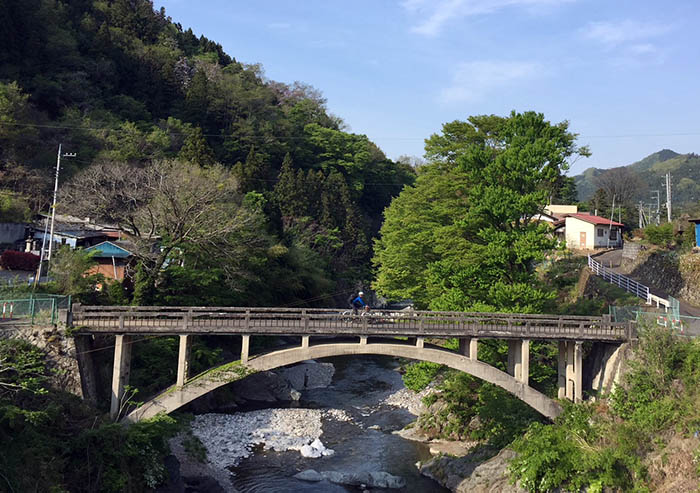
Then it was time to go. We cycled down the valley…
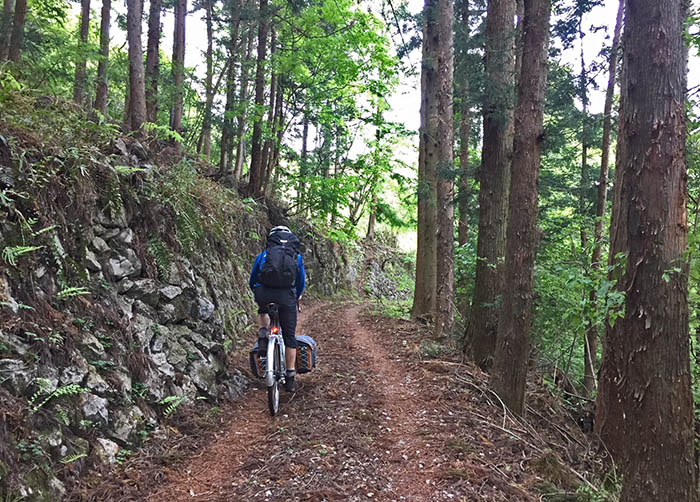
…climbed another mountain pass on a backroad that turned into narrow gravel trail…
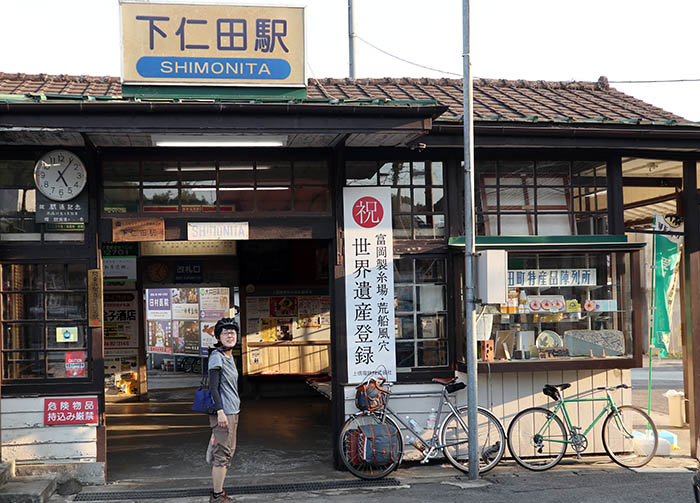
…before arriving at the train station for the long trip back to Tokyo. What a wonderful weekend it had been!


